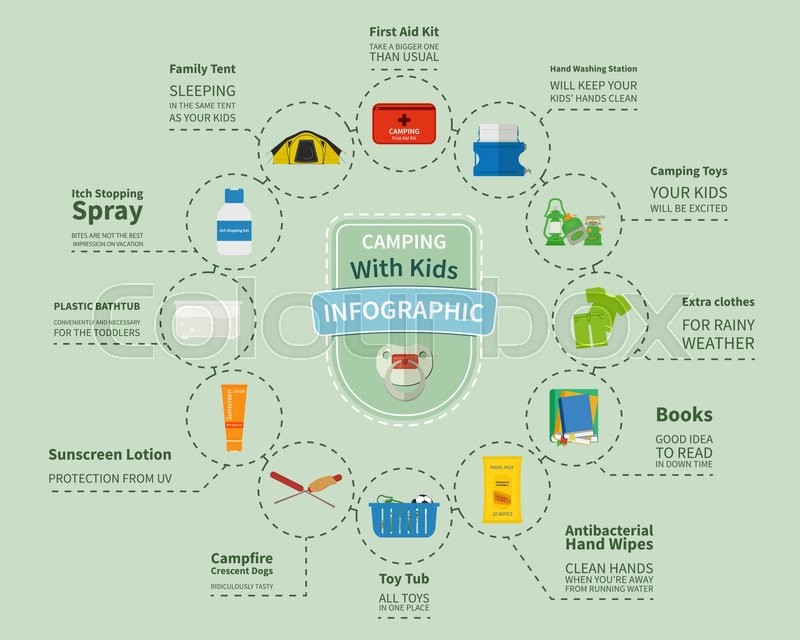Comparing Popular Wall Tent Sizes 10x12 Vs 12x14 Vs 16x20
Comparing Natural Vs Artificial Insulation OptionsWhile both deal strengths in different settings, it is very important to determine which type of insulation will certainly ideal offer your requirements. The insulation you select effects warmth, weight, water resistance, compressibility and price.
Down is harvested from waterfowl, typically ducks or geese. It is valued for its lightness, very easy compression and shielding residential properties. However, down comes to be less reliable when wet.
Warmth-to-Weight
A high warmth-to-weight proportion is preferred in exterior clothes and equipment. The insulating buildings of down feathers make them a terrific alternative for this purpose, as they are very warm and light-weight.
However, down sheds its protecting abilities when it gets wet, indicating it needs to be coupled with a water resistant covering. Furthermore, some people are allergic to down, making artificial jackets a far better option for them.
Artificial insulations are typically made from recycled polyester and created to mimic down's protecting residential or commercial properties. They are not as light-weight as down, but they do not lose their protecting capacities when they get wet and completely dry quicker than down. They are also a lot more budget-friendly than down. However, their lifespan is much shorter than down, causing higher maintenance and replacement prices.
Water Resistance
The insulation you pick for your work jacket will certainly make a big distinction in just how comfortable you feel outdoors. Nonetheless, the sort of insulation you select likewise has substantial implications for your sustainability goals.
Down is an exceptional insulator for a number of reasons. It's light-weight, compressible, and offers a great warmth-to-weight proportion. Nonetheless, it doesn't fare well when it splashes. Down globs up and sheds its loft space when damp, which can significantly minimize its capacity to catch warmth.
Artificial insulation materials, such as Thinsulate and Primaloft, hold up much better versus wet conditions. They normally have a tight weave or chemical covering that maintains water from penetrating the fabric. This allows the insulation to continue to be breathable, even if damp. It deserves noting that synthetics can likewise be uncomfortable when wet, yet they retain their protecting buildings.
Compressibility
While goose down does have a superior warmth-to-weight ratio, synthetic insulation carries out likewise. Nevertheless, unlike down which takes in and sheds its shielding capacities when damp, artificial insulation does not. Therefore, it can keep its loft and catch cozy air in damp conditions.
Typically produced from polyester sheets or collections that resemble down, one of the most typical synthetic insulation brands include PrimaLoft, FullRange, Thermoball and Patagonia's PlumaFill. While it still can't match down's loftiness and warmth-to-weight, synthetic coats are light-weight, fast to completely dry and less expensive than down. This makes synthetic coats excellent for damp atmospheres, or if you're prone to sweating greatly. Synthetic coats are also less fragile than down and can lose. This resilience extends to their face fabrics which are usually thicker and more durable than down.
Resilience
A major consideration in sustainability is a material's longevity and durability. Natural products like cork, ThermaCork increased cork and Havelock woollen last longer than synthetic options like fiberglass and plastic. They also need much less maintenance and can endure extreme ecological problems.
However, all-natural insulation does not perform also when damp as synthetic alternatives. Woollen and fleece glob together when wet, endangering their capability to catch heat. Synthetic insulation, on the other hand, does not soak up dampness and remains to insulate even when saturated.
This makes artificial insulation ideal for damp environments and strenuous activities where you could sweat greatly. It's also easier to clean and dries faster than down. This included sturdiness and reliability make artificial insulation a general victor in this group. This equates canvas material to durable protected work boots that last lengthy and keep you heat through requiring environments.
Sustainability
All-natural materials supply biodegradability and a smaller sized ecological footprint, while artificial choices brag toughness and ingenious applications that sustain power efficiency. Nonetheless, it is essential to recognize real environmental impact of these insulation products from cradle-to-grave.
For example, if an all-natural insulation material needs to travel a far away from its resource to the building website, transportation-related discharges raise its overall carbon impact. Picking locally sourced and reused products minimizes that influence. And, choosing GREENGUARD and Cradle to Cradle qualifications ensures that insulation is without volatile organic substances (VOCs) and supports accountable sourcing and labor problems.
Sheep's wool and cork are eco-friendly insulation sources that are gathered without damaging the tree or plant. Both have the added advantage of being normally resistant to mold and mildew, pests and wetness.
